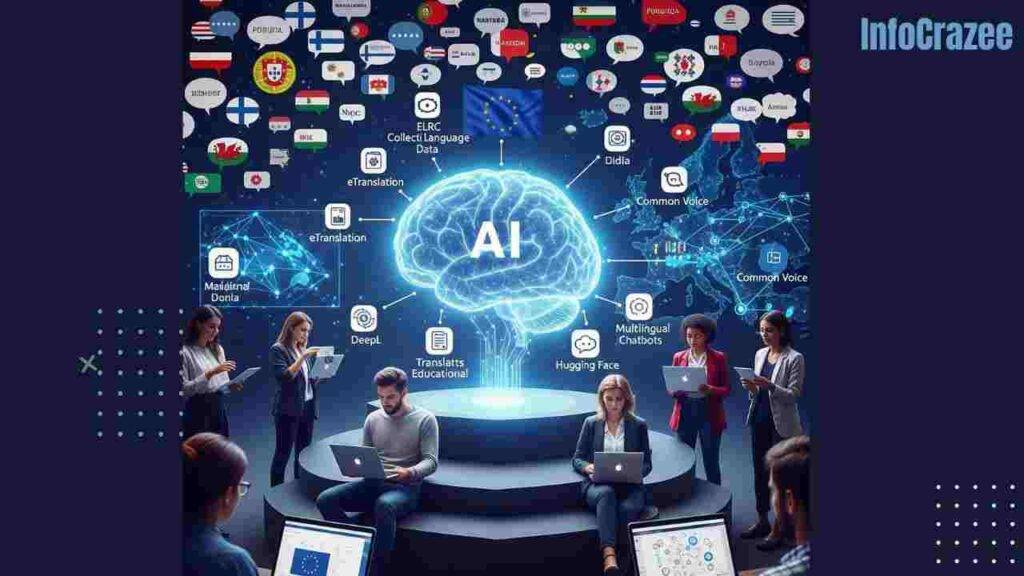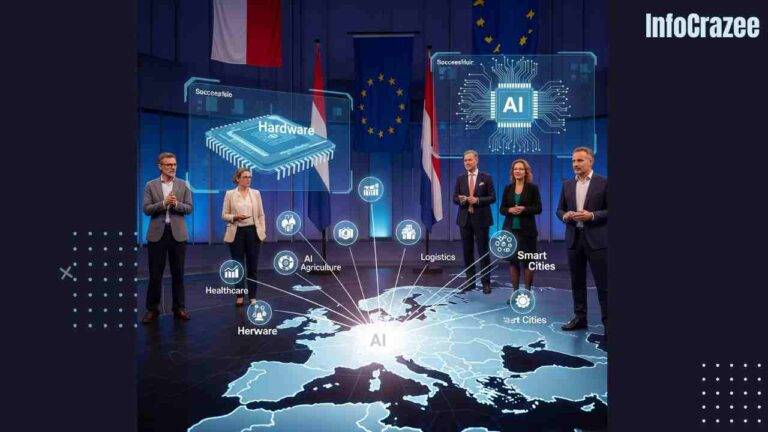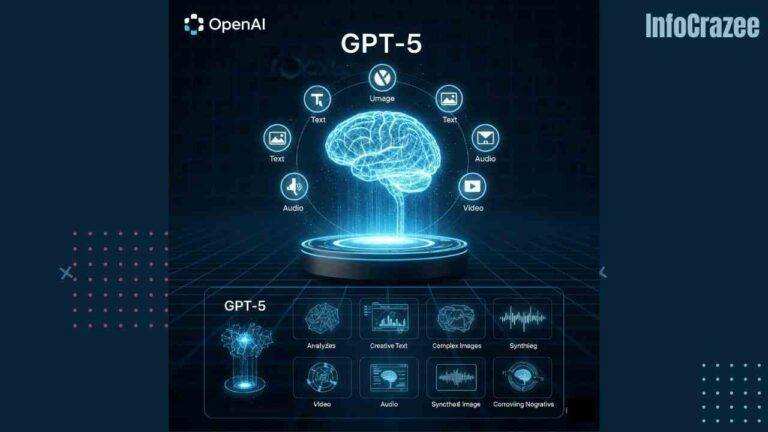The Push to Make AI as Multilingual as Europe
Imagine chatting with an AI that speaks your language as fluently as a local, whether you’re in Barcelona, Budapest, or Berlin. Europe’s tech leaders are working hard to make this a reality, pushing for AI models Anglophone systems that can handle the continent’s 24 official languages—and then some.
What’s the Multilingual AI Push About?
Europe is a linguistic patchwork, with over 24 languages spoken across the EU, from Spanish to Slovak. But most AI models, like those powering chatbots or virtual assistants, are heavily skewed toward English, leaving millions of Europeans stuck with clunky translations or no access at all. A new wave of projects, backed by the EU and startups, aims to change that by building AI that’s as multilingual as Europe itself, supporting everything from major languages like German to smaller ones like Maltese or Irish.
- Why it matters: Multilingual AI means better access to tech for non-English speakers, from customer service bots to educational tools.
- Cool fact: The EU’s Digital Europe Programme is investing €200 million to boost AI that speaks multiple languages, aiming for seamless communication across borders.
How Europe’s Making AI Multilingual
I’ve got a friend in Lisbon who struggled to use an English-only AI for her small business—she’d type in Portuguese, but the responses were awkward and often missed the mark. Europe’s new AI initiatives are fixing that. Here’s how they’re making AI fluent in every tongue:
EU-Funded Projects
- ELRC and eTranslation: The European Language Resource Coordination (ELRC) is gathering massive datasets to train AI models, while eTranslation offers free, high-quality translations for public services in all 24 EU languages.
- Example: eTranslation helped a Finnish startup translate user manuals into 10 languages, saving them weeks of work.
Startup Innovation
- DeepL: This German company’s AI translator outperforms Google Translate in 32 languages, with natural, context-aware translations.
- Example: A Dutch teacher used DeepL to create bilingual lesson plans in Dutch and Frisian, making learning more inclusive for minority-language students.
Open-Source Efforts
- Hugging Face and Meta AI: These platforms are releasing models like Meta’s Llama 3, which supports 50+ languages, including many European ones, for free use by developers.
- Example: A Greek developer used Hugging Face’s models to build a chatbot for tourists, answering questions in Greek, Italian, and Polish.
Regional Focus
- Low-resource languages: Projects like Common Voice are collecting voice data for languages like Welsh or Basque, ensuring even smaller communities aren’t left out.
- Example: A Maltese library used a new AI tool to transcribe oral histories, preserving cultural stories in their native language.
Why This Matters to You
You might be wondering, “How does this affect me?” Whether you’re running a business, studying, or just chatting with an AI, multilingual models make life easier. At infocrazee, we see this as a step toward tech that feels personal, no matter where you’re from. Here’s what it brings:

- Better communication: Chat with AI in your native language, from French to Finnish, without awkward translations.
- Business boost: Reach customers across Europe with AI that speaks their language, like a Spanish shop owner using a chatbot to serve German tourists.
- Cultural inclusion: Smaller languages, like Estonian or Slovenian, get AI tools, preserving local heritage and making tech accessible.
Challenges to Overcome
Building AI that’s fluent in dozens of languages isn’t easy. Here’s what’s tricky:
- Data scarcity: Smaller languages like Latvian or Luxembourgish have less text or voice data to train AI, making accuracy a challenge.
- Cultural nuances: AI needs to “get” local slang or humor, like Dutch “gezellig” or Italian “bella figura,” to sound natural.
- Cost and scale: Training models for 24+ languages is expensive and time-intensive, requiring massive computing power.
How You Can Get Involved
Want to be part of this multilingual AI wave? Here’s how, straight from infocrazee:
- Try free tools: Test DeepL or eTranslation for your next project, like translating a blog post or customer email.
- Contribute data: Share voice clips or texts with platforms like Common Voice to help train AI in your language.
Pro tip: If you’re a small business owner, start with DeepL’s free tier to translate marketing materials—it’s a quick way to reach new customers!
A Personal Take
Growing up in a bilingual family, I know the struggle of switching between languages and feeling like tech doesn’t keep up. My cousin in Croatia once complained that her AI assistant only “spoke” English, making it hard to use for her bakery’s orders. Multilingual AI would’ve been a lifesaver, letting her manage inventory in Croatian without a hitch. This push feels like a win for everyone who’s ever felt left out by English-only tech.
What’s Next for Multilingual AI?
The EU aims to have AI tools fully supporting all 24 official languages by 2030, with startups like DeepL and Unbabel already expanding to 50+ languages.“Europe’s making AI as diverse as its languages!” Future steps include better voice recognition for accents and more tools for minority languages like Romani or Sami. This isn’t just about tech—it’s about making sure everyone in Europe’s vibrant mosaic has a voice.






